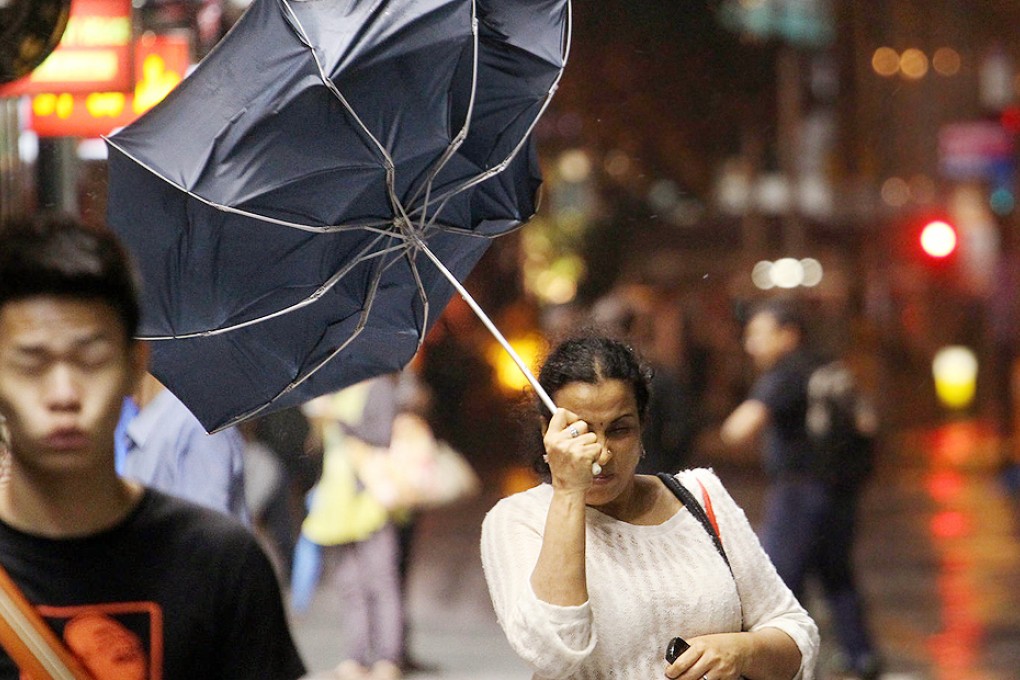Inside the Observatory: How Hong Kong's weathermen make their predictions
Weather forecasting requires complex number crunching with experienced analysis from Observatory staff. As Bernice Chan discovers, that's a challenge even with the help of supercomputers

The Hong Kong Observatory's central forecasting office occupies the entire seventh floor of its offices in Tsim Sha Tsui. It's a large space dominated on one side by banks of television monitors displaying real-time images of weather events captured by satellite and radar, along with other meteorological information. Coloured charts showing changes in temperature and wind patterns cover the opposite wall.
This is where scientific officer Lee Kwok-lun and his fellow meteorologists crunch numbers and analyse satellite images to tell us what we can expect from the next few days: sunny periods with isolated showers and thunderstorms, with temperatures ranging between 28 and 33 degrees Celsius.
A keen outdoorsman who spends much of his spare time hiking or diving, Lee takes a personal as well as professional interest in weather prediction.
In spite of all the advanced technology, we can't be 100 per cent accurate
"I like this work very much because I can have more information to have safe and fun trips," he says.
But the weather forecasters' job is usually a thankless one; no one gives them credit when they get it right; and when predictions are off base, they face a storm of condemnation.
One example saw workers sent home following the raising of a No 8 typhoon signal, only to have relatively light rain fall on the city. Another time, meteorological data called for a No 3 typhoon signal, but much more severe conditions hit the New Territories and parts of Lantau.
Still, technology has made their job much easier.
The Observatory has begun issuing nine-day forecasts, up from seven days in the past. They found, after a year of trials, that accuracy of predictions for eight to nine day periods was about the same as those of six to seven days.